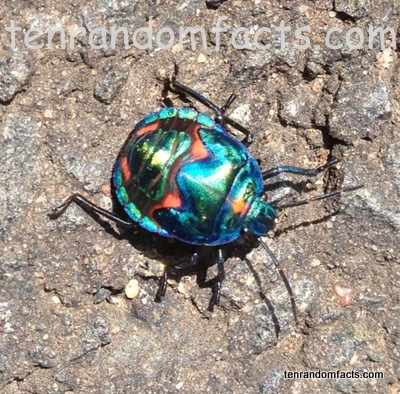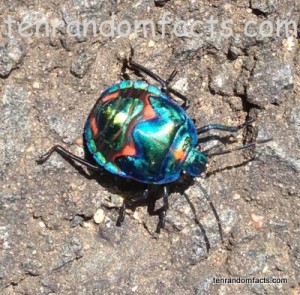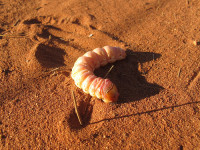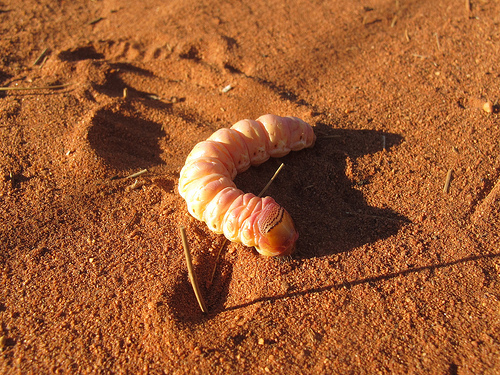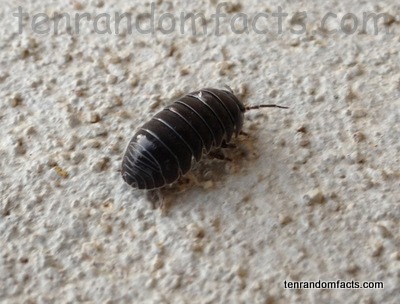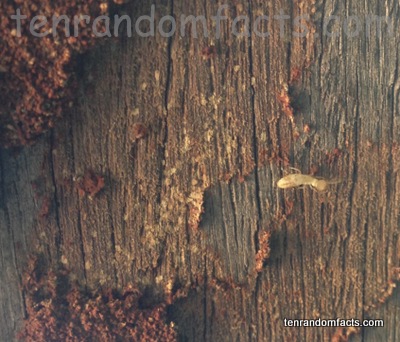
Pesky hissing insects…
- Cockroaches are also known as roaches and are from the family of Blattaria.
- Of the 4,500 species of cockroach, only about 30 species live in households and are generally regarded as household pests.
- Cockroaches like warm environments and prefer to live in groups.
- Cockroaches leave tracks containing chemicals, that other roaches can follow and use to find food and water.
- Cockroaches are nocturnal insects and don’t like light.
- The heaviest cockroach is the Australian giant burrowing cockroach, weighing 30 grams (1.1 ounce) and is approximately 9 cm (3.5 in) long.
- Some cockroaches can live without any air for 45 minutes and can recover from being submerged underwater for 30 minutes.
- Cockroaches have allergens that can cause asthma attacks, which can be as common as dust mite asthma related allergies.
- Hydramethylnon, fipronil and boric acid are all toxic to cockroaches, so these chemicals are often used in cockroach baits.
- In the early centuries, ground or boiled cockroaches were used as a medicine.




